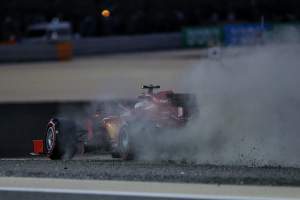Up Next

With Formula 1’s 2021 pre-season testing postponed by 10 days, the new-car launch season has been extended this year.
So far, four cars have been revealed in various ways, and several other teams have let slip key details about their new machines.
With the new Mercedes, Alpine, Aston Martin, Haas and Williams all scheduled to be unveiled in the coming week, here are the key lessons we’ve learned so far from F1’s launch season.
Red Bull is keeping its cards close to its chest
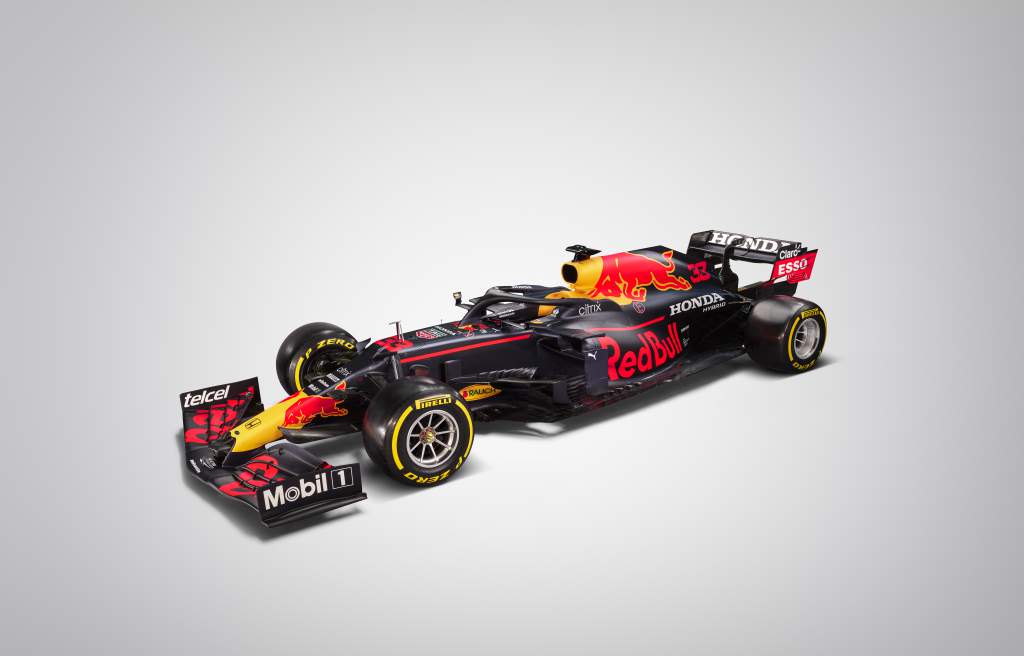
Red Bull revealed just two images when its RB16B was launched, with no on-track shots released from its subsequent promotional day of running at Silverstone.
That’s despite expectations of a shakedown livery being revealed to tie in with a range of shakedown merchandise that was made available.
Teams aren’t obliged to release photos from shakedowns but Red Bull’s reluctance to do so has piqued interest, particularly given the signs from one of the launch images of a change to the rear suspension.
It’s not clear if this goes quite as far as the change made by Mercedes last year, but it’s in that direction.
Max Verstappen summed things up when he said “I just don’t want to hype things up at the moment”, but with the car yet to reveal its secrets and a significant Honda power unit upgrade coming, there’s genuine excitement surrounding Red Bull.
The question is whether this is yet another winter illusion, with the team destined again to fall short of Mercedes, or a hint that Red Bull might have made some serious gains.
Aston Martin has a new monocoque
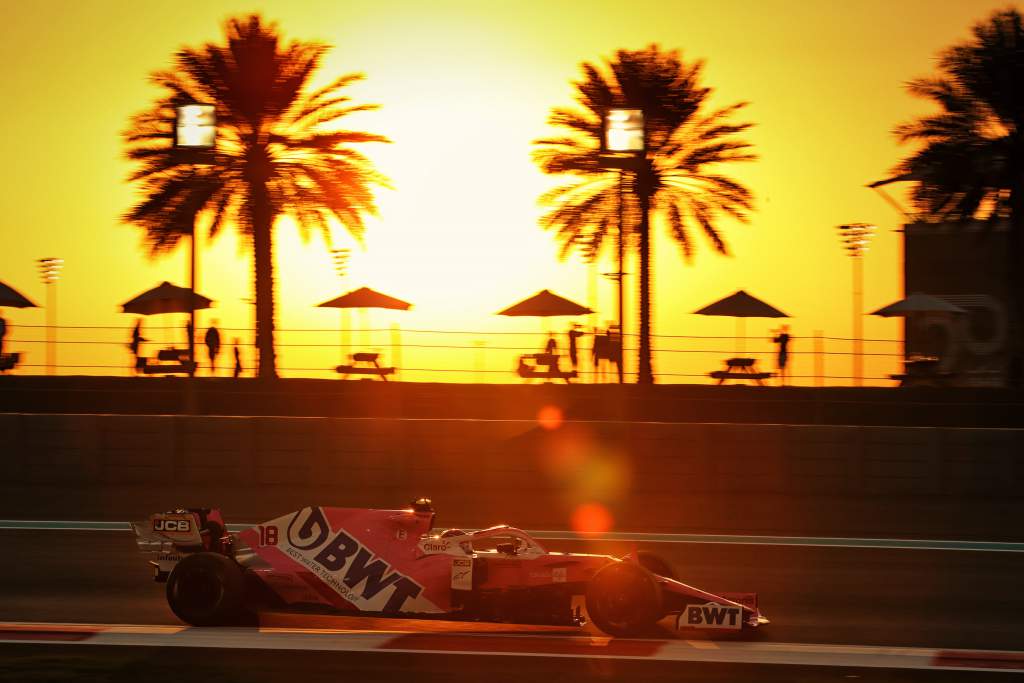
While the launch of the first Aston Martin grand prix car in six decades isn’t until March 3, team principal Otmar Szafnauer has confirmed the team has spent its two development tokens on a new monocoque.
“This is the first time that a carryover car has had many of its parts new, so although the philosophy is carryover we will still have a lot of new parts on the car, a lot of new aerodynamic development, even a new chassis for us as well,” said Szafnauer in an interview with Sky Sports F1.
“Although the car will be similar to last year, it’s predominantly new.”
The chassis change is likely to accommodate the upgrade of the change to the very highly-regarded 2020-specification Mercedes rear end.
The regulations governing carryover cars allow teams that were supplied with year-old parts last season to upgrade to 2020-specification this year.
This means the Aston Martin AMR21 is one of the most keenly-awaited car reveals for more reasons than just its new look.
Nose jobs are popular
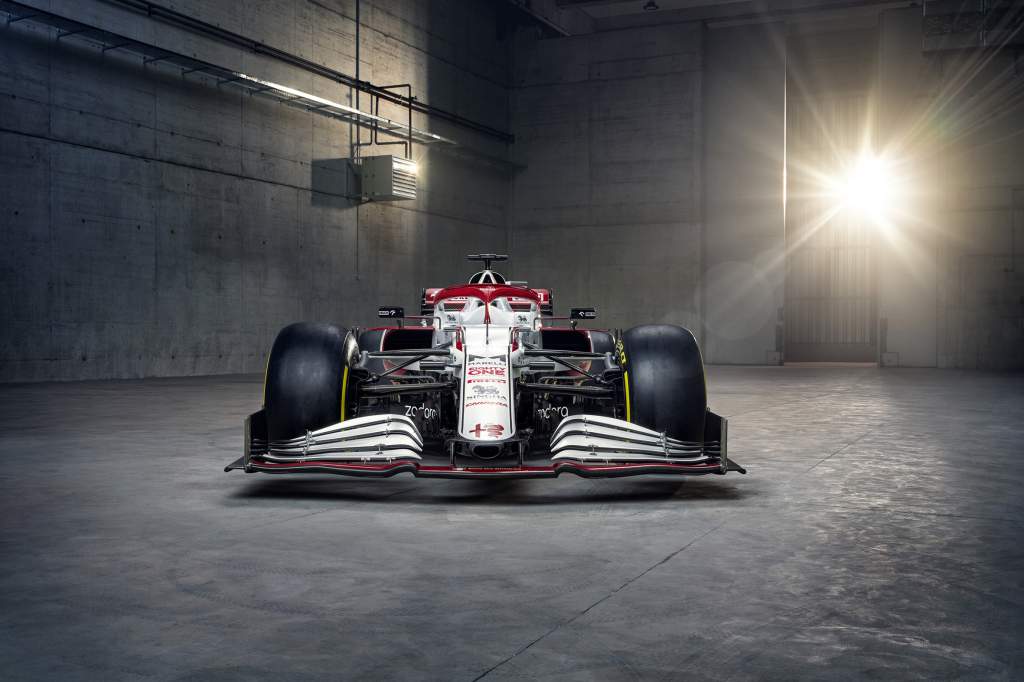
Two of the four teams – AlphaTauri and Alfa Romeo – to have launched their cars so far have opted to spend their tokens on a new nose design.
AlphaTauri technical director Jody Egginton mentioned this was where it had allocated the tokens in the launch, but it wasn’t until the car had a shakedown at Imola on Wednesday that the real new nose appeared.
Rather than the old-style one with a protrusion, this was shorter, more rounded and, as is the objective of the smaller noses, designed to deliver cleaner airflow to the under-nose aero, which is then channeled to the bargeboards.
Given McLaren could only change parts of the car related to the installation of the Mercedes power unit, its nose remains unchanged – as does, based on what we’ve seen so far – Red Bull’s.
However, McLaren was already ahead of the game on this, introducing its new nose design at Mugello last season – ahead of the relevant deadline for the homologation of components that had to carry over to this year.
McLaren’s car is longer
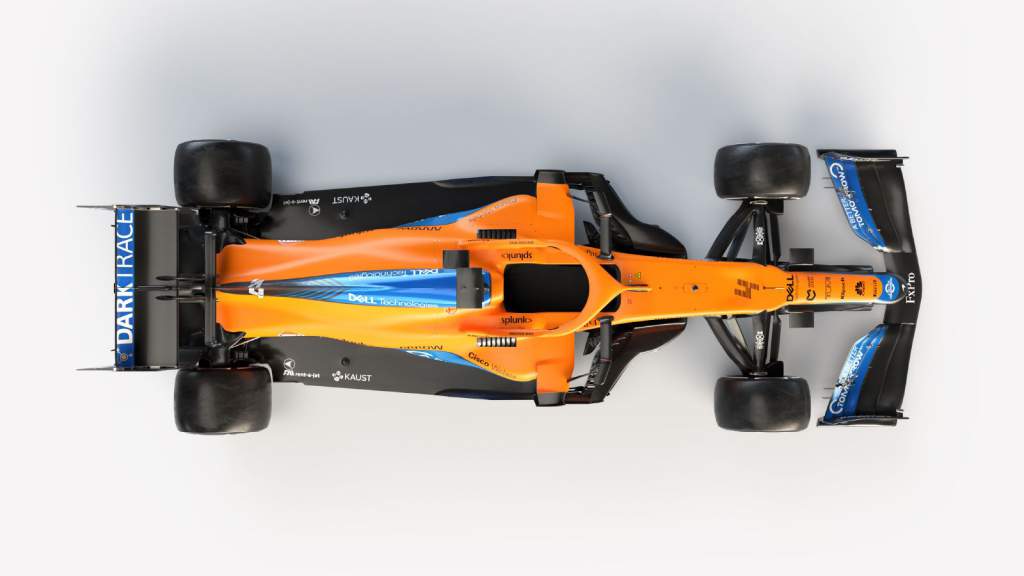
While the McLaren MCL35M has had significant changes, few of these are visible given they relate to the switch from Renault to Mercedes propulsion.
But studying the launch images did reveal a longer wheelbase compared to last year.
This is down to the engine being moved rearward compared to the Renault as a result of the split turbo of the Mercedes, meaning room needed to be made for the compressor.
This has an impact on weight distribution, which is controlled by the rules, meaning the rear axle had to be moved back to get back to the right range.
The car has run on track, but like Red Bull McLaren was at pains to cover up key details.
The bargeboards were not clearly visible in the images released from its two days of running in promotional sessions at Silverstone, with a pitlane shot of team members posed with the car even being edited so they weren’t visible.
But given the bargeboards appear to be an evolution of last year’s design, it was possible to remodel a photo of last year’s structure to incorporate the visual data of at least some of the new parts.
The Race’s technical expert Gary Anderson suggested the changes were needed to fit in with the modified floor regulations for the new season.
Ferrari must be expected to finish third
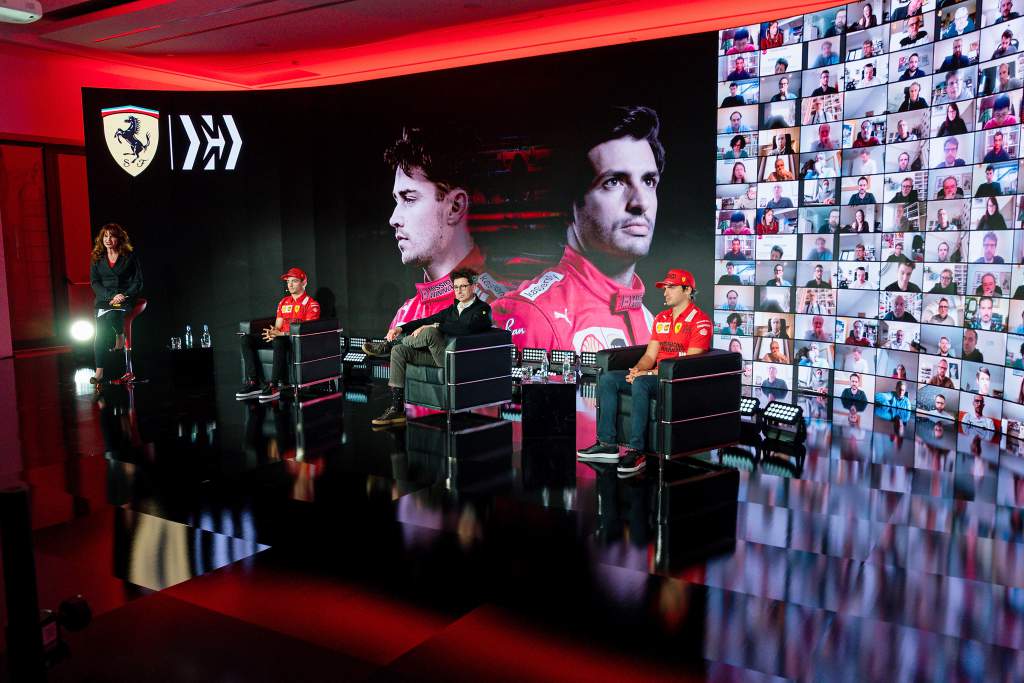
At the end of last year, Ferrari team principal Mattia Binotto admitted its season had been “inadequate”.
He set a target then of third for the 2021 season, and given the steps that have apparently been made over the winter there really is no excuse not to achieve that.
Ferrari certainly has the resources, despite having to make some changes as a result of the new cost cap.
It also promises a big step with its engine package after last year’s was stymied by the pre-season technical directives that its work with the FIA led to.
And with its two tokens known to be spent on the rear of the car, it also has the chance to tackle the rear-end instability problem that was ameliorated but not eliminated last year.
“We believe that our car is certainly more efficient compared to the one we had last year, both from the aero point of view, and from the power unit point of view,” was Binotto’s summary during Ferrari’s pre-season ‘team launch’ (which means no car, that’s coming on March 10) so there’s no excuse for a repeat of last year’s failure.
Alfa Romeo’s simulator shortfall
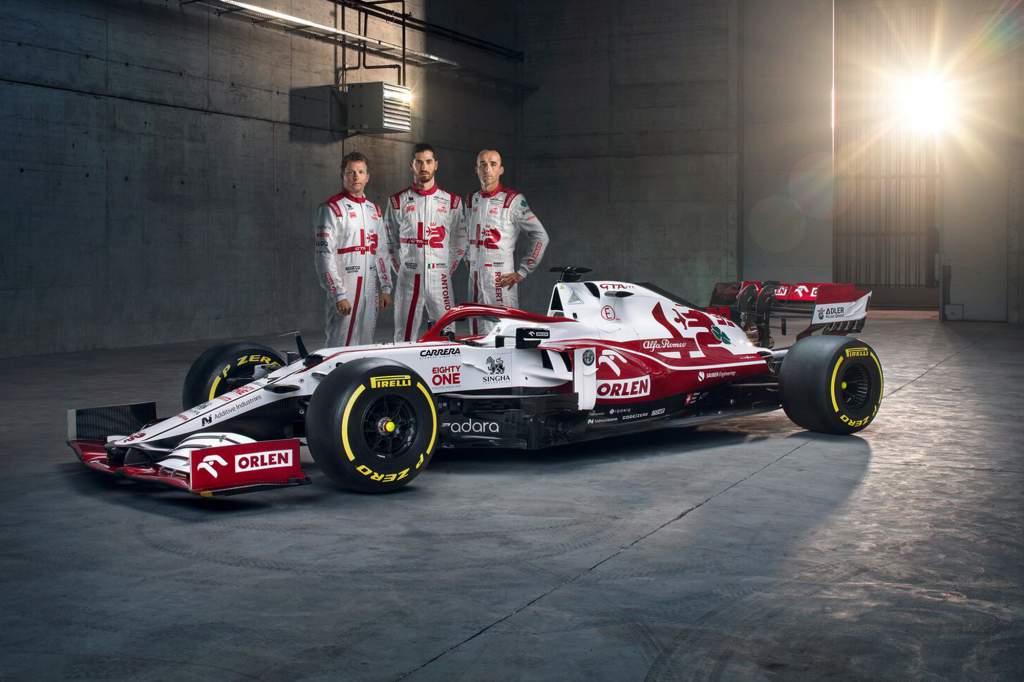
The Sauber-run Alfa Romeo team has been a disappointment in recent seasons, failing to build on the progress made with Charles Leclerc behind the wheel in 2018.
One of its key problem areas is its driver-in-loop simulator, which technical director Jan Monchaux admitted hasn’t had much of an impact on the 2021 car.
Alfa Romeo acquired its simulator in 2019 and while these are often perceived only as a driving tool, they play a key role in terms of development.
Parts can be evaluated before they are manufactured and a proportion of the work that was once achieved with real world testing can be ticked off.
But to do so, the simulator must not only be up and running but also precisely correlated with the way the real car performs.
This is one of Robert Kubica’s tasks for the season, with his regular appearances during Friday practice to work on improving the correlation.
Last season, Alfa struggled for consistency and also with its suspension set-ups, with the simulator shortfall contributing to this.
One of the key objectives for the season will be ensuring that the simulator is firing on all virtual cylinders as soon as possible to ensure it makes a tangible contribution to the all-important 2022 car.
The silly season is already up and running
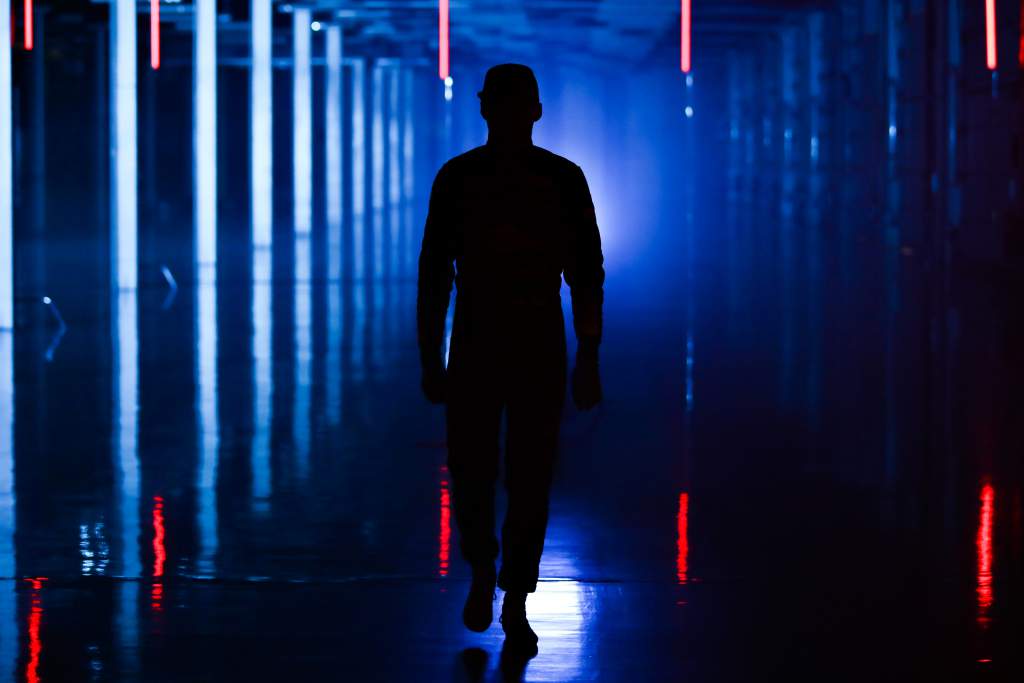
The Formula 1 driver market always has a certain amount of energy in its system, even in the quiet moments.
But Lewis Hamilton only committing to Mercedes for one year has given it an extra injection of energy, with Verstappen already having to shrug off suggestions he would be a top target for Mercedes – a suggestion even endorsed by his own team principal Christian Horner.
You can guarantee the driver market will be a popular question throughout launch season.
But don’t believe anyone’s claims that they aren’t thinking about potential future opportunities despite their protestations to the contrary.






